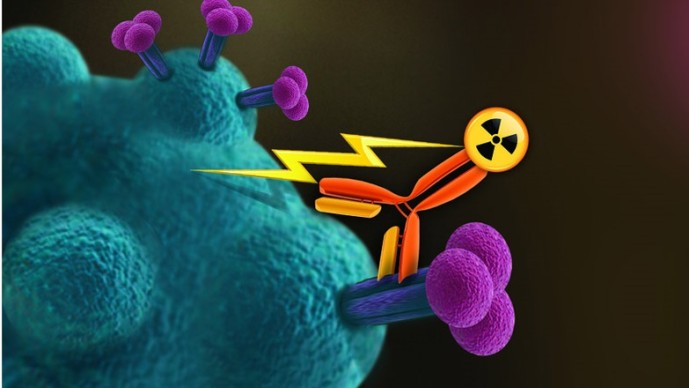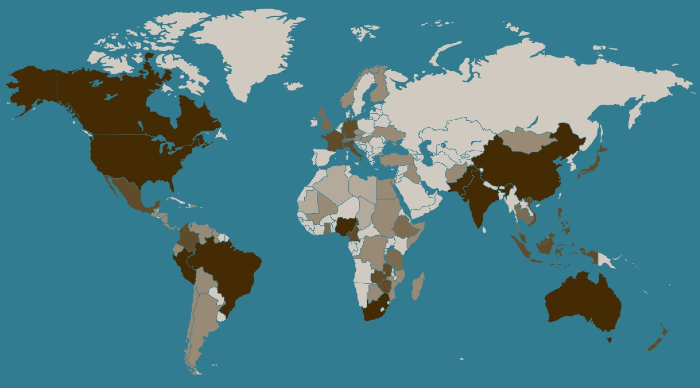Design New Approaches to Cure HIV Infection (Round 7)

Roadblock:
Access to treatment with antiretroviral drugs is continuously expanding, reaching more patients in more countries that ever before. However, current therapies do not clear the infection, and patients require life‐long treatment to prevent the infection from progressing to more advanced forms of disease. The costs, scaling, and maintenance of this treatment for the growing HIV-affected population are daunting challenges. New methods need to be discovered that can permanently eliminate infection, even in cases where effects of the virus are being controlled with current antiretroviral drugs.
The key challenge facing the development of a cure is perceived to be the presence of a reservoir of latently infected cells, principally CD4+ T-lymphocytes with a memory phenotype, representing as few as one in one million circulating immune cells. It is also possible that other long-lived, latently infected cell types, and cells to which there is limited accessibility to antiretroviral drugs and other agents, contribute to the latent reservoir. As a practical working definition, latently-infected cells are those that harbor HIV provirus that is largely transcriptionally silent, essentially impervious to the action of antiretroviral drugs, invisible to the immune system, yet is capable of reactivation to produce new HIV virions. Proposals must focus on characterizing or acting on latently-infected cells. Cure may be achieved in principle, by 1) preventing maintenance of the latent reservoir; 2) eradication or systematic depletion of the latent reservoir; or 3) rendering latently infected cells incapable of reactivation.
What We’re Looking For:
The goal of this topic is to solicit new approaches to curing HIV infection in patients in whom a latent reservoir has already been established. Elimination of all reservoirs of HIV from a patient is a complex challenge that may require a combination of approaches. Consideration will be given to proposals that address any of the several different lines of study that could ultimately contribute to an effective cure. Proposals must (i) have a testable hypothesis, (ii) include an associated plan for how the idea would be tested or validated, and (iii) yield interpretable and unambiguous data in Phase I, in order to be considered for Phase II funding.
A few of the many specific examples to be considered include:
- Approaches to selectively kill cells harboring HIV provirus without affecting uninfected bystander cells;
- Approaches to irreversibly inactivate HIV provirus in latently infected cells;
- New methods for identifying, characterizing, or isolating cells latently infected with HIV, to better inform strategies for their eradication;
- Identification of unique biomarkers/signatures on latently infected cells that would potentially enable identification, characterization, or selective targeting;
- New approaches to selectively re-activate expression of HIV RNA or proteins in latently infected cells, thereby permitting the targeting of these cells by a secondary agent, including but not restricted to antiretroviral drugs or immune mechanisms.
For this initiative, we will not consider funding for
- Studies that rely on intensification of antiretroviral therapy or structured treatment interruption;
- Approaches that involve non‐specific reactivation of HIV gene expression through use of cytokines, histone deacetylase inhibitors, DNA methylation inhibitors, etc., or otherwise rely on non-specific strategies for viral reactivation or elimination of latently-infected cells;
- Approaches that involve non-specific activation of HIV target cells, without regard for the presence or absence of HIV provirus;
- Methods to kill or inactivate productively infected cells, in which HIV RNA and proteins are abundantly expressed, rather than latently infected cells, where HIV RNA and proteins are generally not expressed;
- New approaches to reduce viremia or target cells in which HIV is actively replicating;
- Basic research studies of viral or cellular factors involved in the establishment or maintenance of latency without a clearly defined translational focus.
Grants will be selected on ability to create impact in the context of The Bill & Melinda Gates Foundation’s existing global health priorities.For more information on these priority global health conditions, please click here.
The NIH/NIAID is committed to providing opportunities for longer term funding of Grand Challenges projects in HIV latency and persistence that are productive during the course of the Challenge Award funding and are of high scientific merit.
